
On June 8, it became known that a new insurance system in the sphere of agro-industrial complex came into effect in Kazakhstan (read about the main changes here). Taking into account the high interest to this topic on the part of agricultural producers, the editorial staff of World of Nan asked the Ministry of Agriculture to provide more detailed information on the new format of agricultural insurance, which you can find in the presented article.
Now, when developing a new Kazakh system of insurance in the agricultural sector, the experience of a number of European countries, as well as the USA and Canada was considered.
International practice offers the following options of agricultural insurance system development:
- financial aid to cover catastrophic losses (Germany, Italy, USA and Canada);
- state participation in reinsurance pools (Portugal, Spain, Turkey);
- provision of insurance services by private insurance companies without state assistance (Sweden);
- premium subsidies for certain insurance products, e.g. against hail or frost (Spain, France, Austria);
- subsidizing multi-risk or multi-risk insurance programmes (Canada, USA).
The Canadian experience was conceptualized to create national system, which includes voluntary participation of agricultural producers. Crop insurance allows farmers in the country to stabilize their incomes by reducing economic losses from crop losses that can be caused by adverse weather conditions or other risks. The costs of the program are shared between producers and regional governments. Local governments are responsible for program development, while the federal government compensates part of the bonus and administrative costs.
In Kazakhstan, since 2020, mandatory crop insurance has lost its force in favor of a voluntary system of insurance in agriculture, which includes the following changes:
Firstly, it is a voluntary insurance system. Now commodity producers have no obligation to insure the crop, accordingly, no penalties are foreseen. Today it is already a personal responsibility of each farmer.
Secondly, there is a change in the form of state support. Whereas previously the state subsidized part of the insurance payment, under the new insurance system the state supports farmers by subsidizing part of the insurance premium, i.e. the cost of the insurance policy.
Thirdly, all procedures, from the conclusion of the insurance contract to the settlement of losses, will be carried out in electronic format. That is, all processes will be automated, which will exclude the influence of human factor and ensure their transparency.
There is also a single Operator (JSC "Fund for Financial Support of Agriculture"), which is responsible for all procedural aspects.
How the new system will work?
Farmers, insurers and the Operator are registered in the agricultural insurance information system. Then insurance products approved by the Operator are placed in the information system.
Then in the information system of insurance:
1. The farmer chooses an insurance product and an insurance company. One of the important distinctions of the new system is that earlier the insurer could refuse to insure this or that farmer due to high risks of his activity or location, but in the present system this is excluded, because insurer had previously accepted the insurance terms and conditions and registered in the common system.
2. The farmer fills in and sends it to the insurer:
- application. It should be noted that many entries are filled in automatically, as the law requires the integration of the insurance information system in the agricultural sector with the main information databases;
- an insurance contract signed by EDS;
- payment of 50% of the premium. That is, the agrarian does not need to pay 100% of the insurance policy cost, but only 50%. The second part will be paid by the state.
3. The insurer signs the contract of insurance by EDS and sends the application to the Operator for subsidizing the rest 50% of the premium.
4) The operator, after checking all the claims, transfers the subsidized part of the insurance premium to the insurer.
After 100% payment of the insurance premium, the contract comes into force.
In the occurrence of an insured event, the farmer also sends an application to the insurer through the insurance information system, after which the insurance payment is made in due time, also through the information system.
As for insurance products, they are currently based on the moisture index (soil moisture deficit index and soil moisture surplus index). In other words, a farmer can insure his crops against summer drought and autumn rains.
In the future, the market will develop and offer various insurance products based on local risks and industry specifics. In this way, a competitive environment will appear, and the government will be able to provide insurance products for the agricultural sector.






































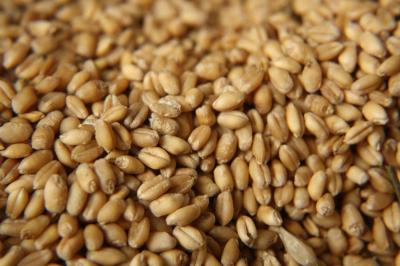
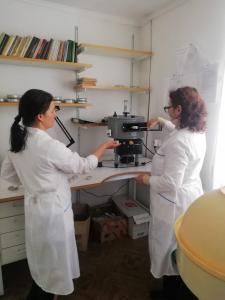
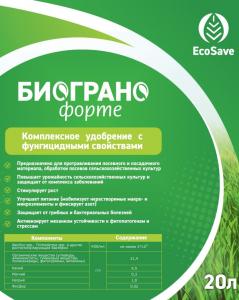
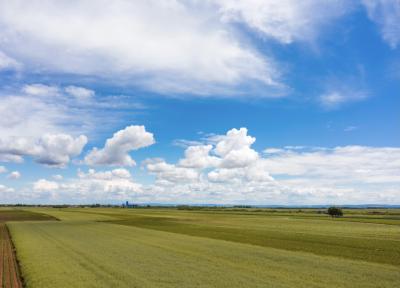
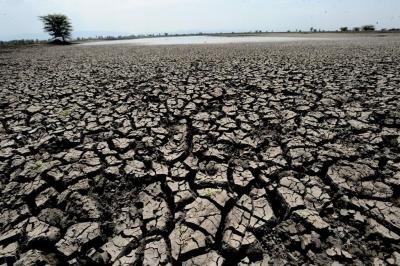


Обсуждение